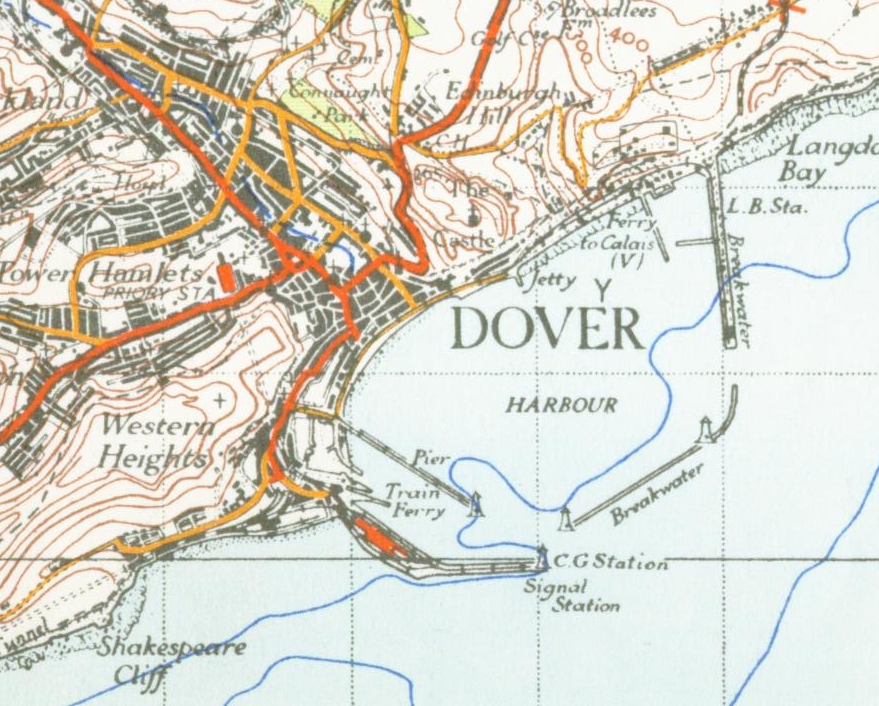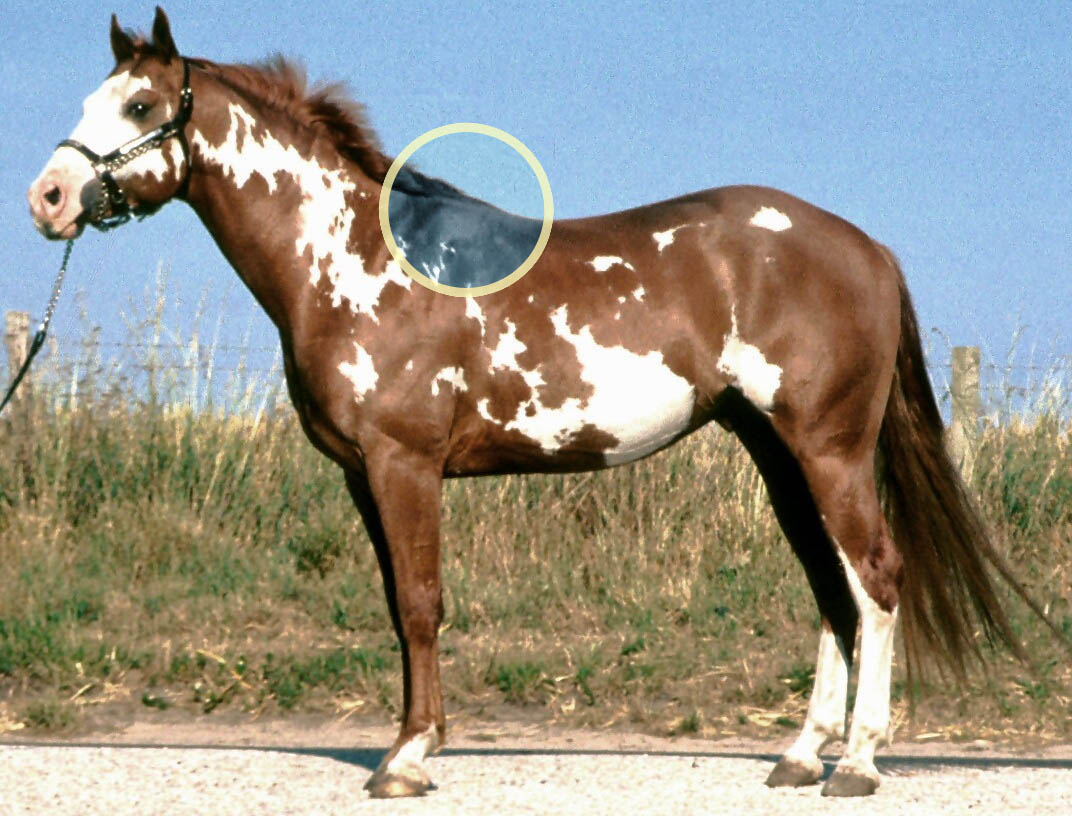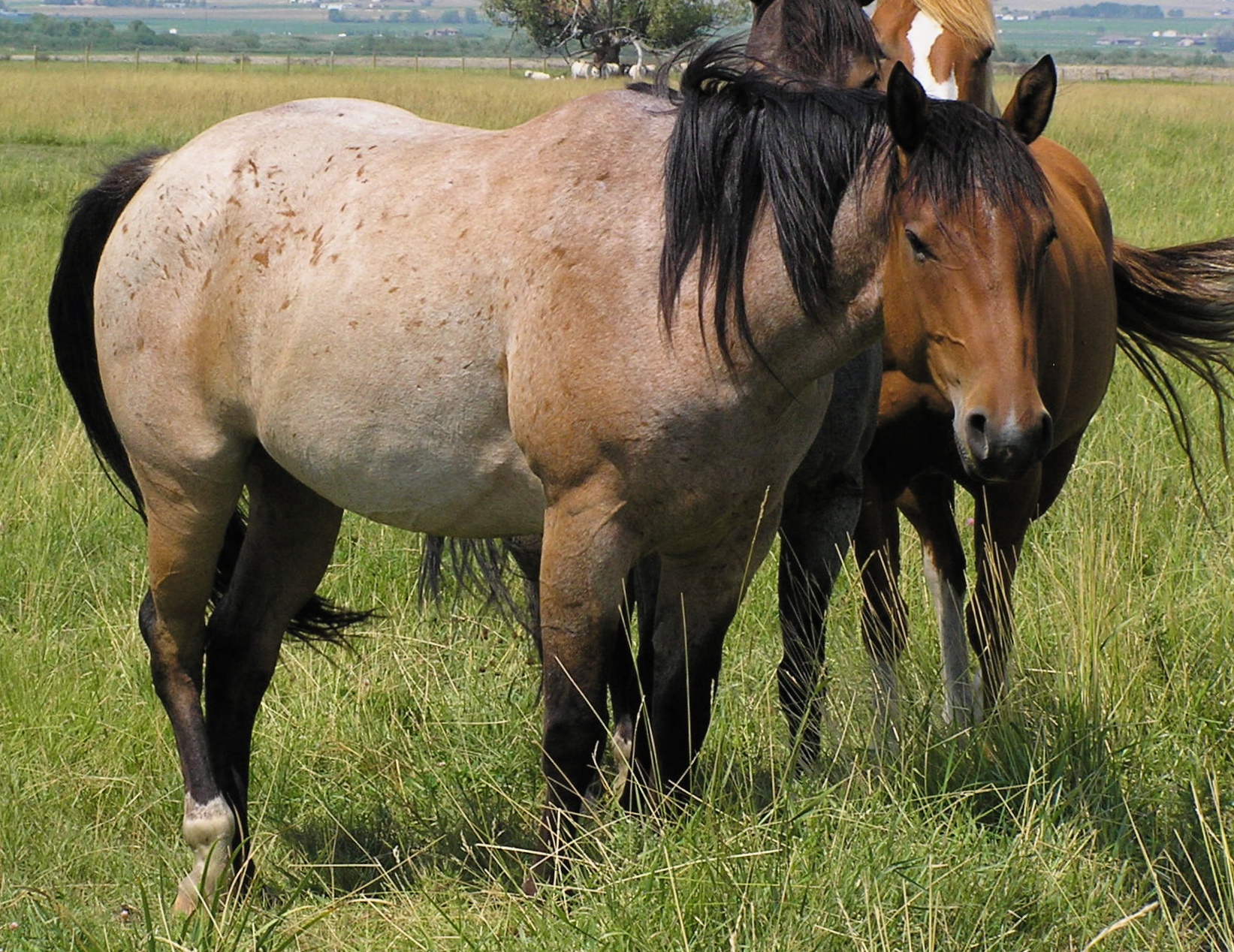|
Bracco Italiano
The Bracco Italiano is an Italian dog breed, breed of pointing dog. History The first dog registered by the Ente Nazionale della Cinofilia Italiana, Kennel Club Italiano, founded in 1882, was a Bracco Italiano. Early in 1949 a breed standard was approved by the Ente Nazionale della Cinofilia Italiana, and later the same year a breed society, the , was formed. The breed was fully accepted by the Fédération Cynologique Internationale in 1956. In the 41 years from 1970 to 2011, a total of 24,613 of the dogs were registered. From 2010 to 2018 there were approximately 700 new registrations per year in Italy, of which in every year the majority were of white-and-orange colouration. Description The Bracco Italiano is roughly square in outline – the height at the withers is almost as great as the length of the body. The head is large, with long ears and long upper lips that hang below the lower jaw. The coat is dense and short. It may be white, or white with patches of eithe ... [...More Info...] [...Related Items...] OR: [Wikipedia] [Google] [Baidu] |
Ente Nazionale Della Cinofilia Italiana
The , usually known as the ENCI, is the national organisation responsible for the recognition, standardisation and registration of pedigree dogs in Italy. It is sometimes called the Italian Kennel Club. The association provides judging for dog shows and many other services relating to dog showing. The club was founded in 1882 as the Kennel Club Italiano. It is a full member of the Fédération Cynologique Internationale. In 1992 it received the approval of the Ministero delle Politiche Agricole Alimentari e Forestali, the Italian ministry of agriculture; it is the only organisation approved to register dog breeds. It has offices in all regions of Italy, and a head office in Milan. In 2009 there were approximately 160,000 dogs registered in the national stud book; the association organised about 2000 events, including about 1200 working trials and some 400 dog shows. It gives special attention to the sixteen recognised breeds originating in Italy: the Bergamasco Shepherd, the Bolo ... [...More Info...] [...Related Items...] OR: [Wikipedia] [Google] [Baidu] |
Dog Breed
A dog breed is a particular type of dog that was purposefully bred by humans to perform specific tasks, such as herding, hunting, and guarding. Dogs are the most variable mammal on Earth, with artificial selection producing upward of 360 globally recognized breeds. These breeds possess distinct traits related to morphology, which include body size and shape, tail phenotype, fur type, etc., but are only one species of dog. Their behavioral traits include guarding, herding, and hunting, and personality traits such as hyper-social behavior, boldness, and aggression. Most breeds were derived from small numbers of founders within the last 200 years. As a result of their adaptability to many environments and breedability for human needs, today dogs are the most abundant carnivore species and are dispersed around the world. A dog breed will consistently produce the physical traits, movement and temperament that were developed over decades of selective breeding. For each breed they rec ... [...More Info...] [...Related Items...] OR: [Wikipedia] [Google] [Baidu] |
Pointing Dog
Pointing dogs, sometimes called bird dogs, are a type of gundog typically used in finding game. Gundogs are traditionally divided into three classes: retrievers, flushing dogs, and pointing breeds. The name ''pointer'' comes from the dog's instinct to ''point'', by stopping and aiming its muzzle towards game. This demonstrates to the hunter the location of their quarry and allows them to move into gun range. Pointers were selectively bred from dogs who had abundant pointing and backing instinct. They typically start to acquire their hunting instincts at about 2 months of age. History Pointing dogs may have descended from dogs from Spain, specifically of the Old Spanish Pointer (Furgus, 2002). Pointing dogs were originally used by hunters who netted the game. The dog would freeze or set (as in Setter) and allow the hunter to throw the net over the game before it flushed. Flushing dogs, on the other hand, were often used by falconers to flush game for the raptors. Most contin ... [...More Info...] [...Related Items...] OR: [Wikipedia] [Google] [Baidu] |
Breed Standard
In animal husbandry or animal fancy, a breed standard is a description of the characteristics of a hypothetical or ideal example of a breed. The description may include phenotype, physical or morphology (biology), morphological detail, genotype, genetic criteria, or criteria of athletic or productive performance. It may also describe faults or deficiencies that would disqualify an animal from registration or from animal reproduction, reproduction. The hypothetical ideal example may be called a "breed type". Breed standards are devised by breed associations or breed clubs, not by individuals, and are written to reflect the use or purpose of the species and breed of the animal. Breed standards help define the ideal animal of a breed and provide goals for breeders in improving stock. In essence a breed standard is a blueprint for an animal fit for the function it was bred - i.e. herding, tracking etc. [...More Info...] [...Related Items...] OR: [Wikipedia] [Google] [Baidu] |
Breed Society
Breed clubs are associations or clubs with activities centered on a single, specific breed of a particular species of domesticated animal. The purpose of the association will vary with the species of animal and the goals and needs of the members of the association. Breed associations or clubs may vary in their goals, activities and nomenclature from country to country, even for the same breed. Most domesticated animals, whether they are agricultural animals such as cattle, llamas, poultry, sheep and pigs, or companion animals such as pigeons, horses, cats and dogs, have breed clubs associated with the breed. Purpose In general, breed clubs and associations create a written definition of the breed (called a breed standard) for the breed with which the organization is associated. Breed clubs also maintain important records, and provide members with information. Many breed associations also have a social component, organising various activities such as shows. In addition, they may ... [...More Info...] [...Related Items...] OR: [Wikipedia] [Google] [Baidu] |
Fédération Cynologique Internationale
The (; FCI; ) is the largest international federation of national kennel clubs and purebred registries. The FCI is based in Thuin, Belgium and has 98 members and contract partners (one from each country). History The FCI was founded in 1911 under the auspices of the kennel clubs of Austria, Belgium, France, Germany and the Netherlands. Its objective was to bring global uniformity to the breeding, exhibiting and judging of pure-bred dogs. It was disbanded in World War I and recreated in 1921 by Belgium and France. Since its foundation the FCI's membership has grown to include kennel clubs from the majority of countries worldwide, with members in Europe as well as Africa, the Americas, Asia and Oceania. Function The purpose of the FCI is to make sure that the pedigrees and judges are mutually recognised by all the FCI member countries. In contrast to national kennel clubs, the FCI is not a registry and does not issue pedigrees to individual dogs, with the issue of pedigrees and ... [...More Info...] [...Related Items...] OR: [Wikipedia] [Google] [Baidu] |
Dover Di Valgisanche
Dover ( ) is a town and major ferry port in Kent, southeast England. It faces France across the Strait of Dover, the narrowest part of the English Channel at from Cap Gris Nez in France. It lies southeast of Canterbury and east of Maidstone. The town is the administrative centre of the Dover District and home of the Port of Dover. Archaeological finds have revealed that the area has always been a focus for peoples entering and leaving Britain. The name derives from the River Dour that flows through it. In recent times the town has undergone transformations with a high-speed rail link to London, new retail in town with St James' area opened in 2018, and a revamped promenade and beachfront. This followed in 2019, with a new 500m Pier to the west of the Harbour, and new Marina unveiled as part of a £330m investment in the area. It has also been a point of destination for many illegal migrant crossings. The Port of Dover provides much of the town's employment, as does tourism ... [...More Info...] [...Related Items...] OR: [Wikipedia] [Google] [Baidu] |
Bracco Italiano 878
{{disambiguation ...
Bracco may also refer to: * Bracco Italiano, a breed of dog * Bracco (company), an international Group active in the healthcare sector, headquartered in Milan * Bracco (surname) Bracco is an Italian surname. Notable people with the surname include: * Angela Bracco (born 1955), Italian physicist * C. A. Bracco (died 1905), Italian mandolinist, violinist and conductor * Elizabeth Bracco (born 1957), American actress * G ... [...More Info...] [...Related Items...] OR: [Wikipedia] [Google] [Baidu] |
Withers
Withers are the ridge between the shoulder blades of an animal, typically a quadruped. In many species, this ridge is the tallest point of the body. In horses and dogs, it is the standard place to measure the animal's height. In contrast, cattle are often measured to the top of the hips. The term (pronounced ) derives from Old English ''wither'' ("against'), because the withers are the part of a Working_animal#Draft_animals , draft animal that pushes against a Mechanical load, load. Horses The withers in horses are formed by the dorsal spinal processes of roughly the 3rd through 11th thoracic vertebrae, which are unusually long in this area. Most horses have 18 thoracic vertebrae. The processes at the withers can be more than long. Since they do not move relative to the ground as the horse's head does, the withers are used as the measuring point for the height of a horse. Horses are sometimes measured in hand (unit), hands – one hand is . Horse heights are extremely ... [...More Info...] [...Related Items...] OR: [Wikipedia] [Google] [Baidu] |
Roaning
Roan is a coat color found in many animals, including horses, cattle, antelope, cats and dogs. It is defined generally as an even mixture of white and pigmented hairs that do not "gray out" or fade as the animal ages."''roan'', ''a''. and ''n.1''" Oxford English Dictionary. 2nd edition 1989. OED Online. Oxford University Press. 3 June 2008. . There are a variety of genetic conditions which produce the colors described as "roan" in various species. Roan horses A horse with intermixed white and colored hairs of any color is usually called a roan. However, such mixtures, which can appear superficially similar, are caused by a number of separate genetic factors. Identifiable types of roans include true or classic roan, varnish roan, and rabicano, though other currently unknown factors may be responsible for ambiguous "roaning." Gray horses, which become lighter as they age until their hair coat is nearly completely white, may be confused with roans when they are young. Duns, ... [...More Info...] [...Related Items...] OR: [Wikipedia] [Google] [Baidu] |
Dogs
The dog (''Canis familiaris'' or ''Canis lupus familiaris'') is a domesticated descendant of the gray wolf. Also called the domestic dog, it was selectively bred from a population of wolves during the Late Pleistocene by hunter-gatherers. The dog was the first species to be domesticated by humans, over 14,000 years ago and before the development of agriculture. Due to their long association with humans, dogs have gained the ability to thrive on a starch-rich diet that would be inadequate for other canids. Dogs have been bred for desired behaviors, sensory capabilities, and physical attributes. Dog breeds vary widely in shape, size, and color. They have the same number of bones (with the exception of the tail), powerful jaws that house around 42 teeth, and well-developed senses of smell, hearing, and sight. Compared to humans, dogs possess a superior sense of smell and hearing, but inferior visual acuity. Dogs perform many roles for humans, such as hunting, herding, pu ... [...More Info...] [...Related Items...] OR: [Wikipedia] [Google] [Baidu] |
List Of Dog Breeds
This list of dog breeds includes both Neontology#Extant taxa versus extinct taxa, extant and extinct dog breeds, Designer breed, varieties and dog type, types. A research article on dog genomics published in Science/AAAS defines modern dog breeds as "a recent invention defined by conformation to a physical ideal and purity of lineage". According to BigThink, over 40% of the world's dog breeds come from the United Kingdom, France and Germany. It states: "Great Britain and France are the ground zero of dog fancying, with 57 registered breeds each. Germany is not far behind, with 47 breeds. These three countries alone represent more than 40% of all dog breeds recognized by the Fédération Cynologique Internationale." Extant breeds, varieties and types A–C D–K L–R S–Z Extinct and critically endangered breeds, varieties and types See also * Dog type * List of dog crossbreeds * List of Italian dog breeds * List of dog breeds from India * List of Tibetan d ... [...More Info...] [...Related Items...] OR: [Wikipedia] [Google] [Baidu] |






